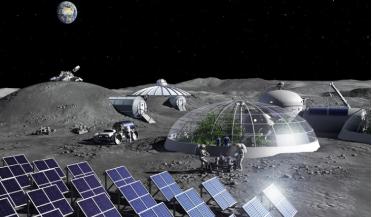 October 2023
The multidisciplinary world of space habitation design
October 2023
The multidisciplinary world of space habitation design
... Society’s goal is to create support for human Mars missions, inspiring and enabling new business opportunities and start-...profit organisation, aim at creating support for human Mars missions, inspiring and enabling new business opportunities and ...
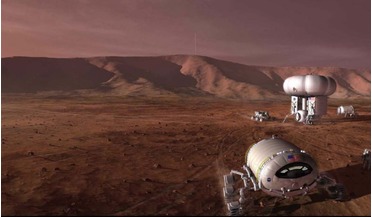 19 April 2019
Mission to Mars by 2033 not viable says independent report
19 April 2019
Mission to Mars by 2033 not viable says independent report
... on this Committee have been surmising during past hearings — namely, that there is no actual Plan for a human Mars mission.” If the underlying driving force of getting to the Moon by 2024 is achievable then perhaps not all is lost. But...
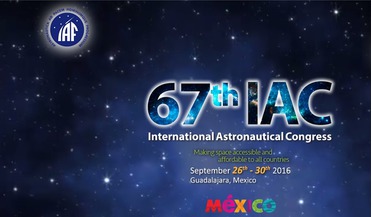 04 August 2016
Experts to Discuss Mars Sample Return at IAC 2016
04 August 2016
Experts to Discuss Mars Sample Return at IAC 2016
... 09:30 am, will discuss the possibility of human and robotic collaboration on the Mars Sample Return mission. In light of NASA's planned Journey to Mars mission and crewed missions to the Moon, new opportunities may arise that would facilitate sample...
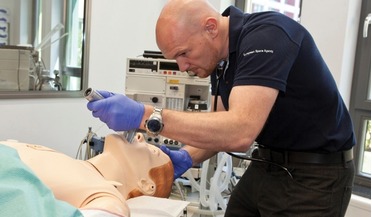 November 2016
Emergency dental treatment on way to Mars
November 2016
Emergency dental treatment on way to Mars
... and the assumed scenario for the replacement of a dental restoration is based on the fictional accident of an astronaut during a Mars mission. In 1972, Apollo 16 astronaut Charlie Duke escaped injury after he accidentally fell over during the setup...
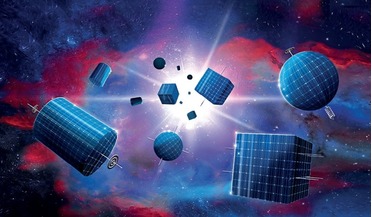 August 2017
Big science from small spacecraft
August 2017
Big science from small spacecraft
... of a fast transit to the red planet. Nanosats could ride along as ballast to make up the launch mass on larger Mars missions, or make their way there as free-flying spacecraft. With a few km/s of Delta-V (propulsion) capability, free-flying nanosats...
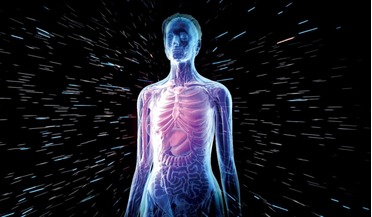 October 2018
Radiation study paves way for safe deep space exploration
October 2018
Radiation study paves way for safe deep space exploration
... (REID) probability to be less than three percent - which is not an easy challenge according to some risk assessments for Mars missions. GCR are extremely high energy charged particles that originate from outside of our solar system. They...